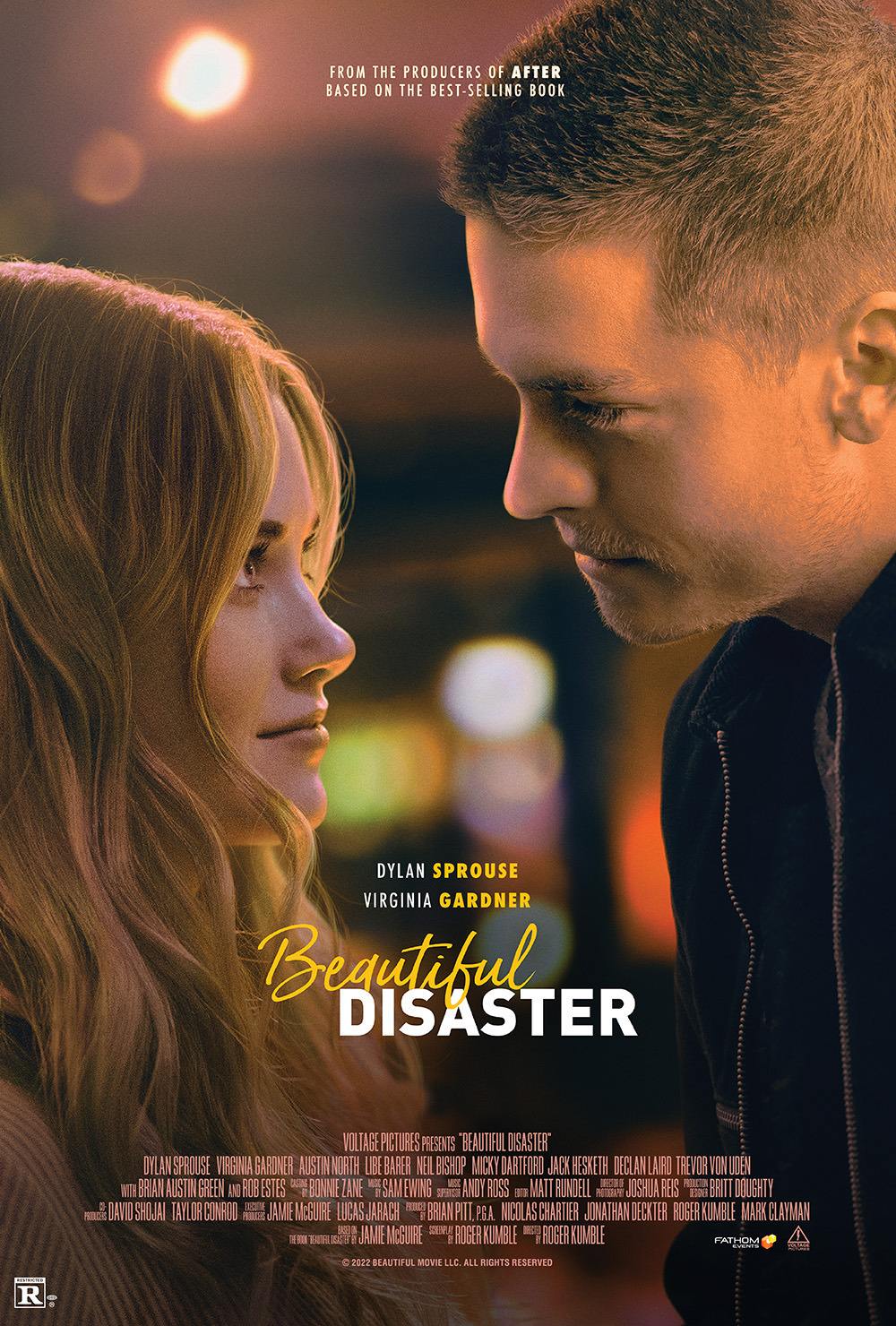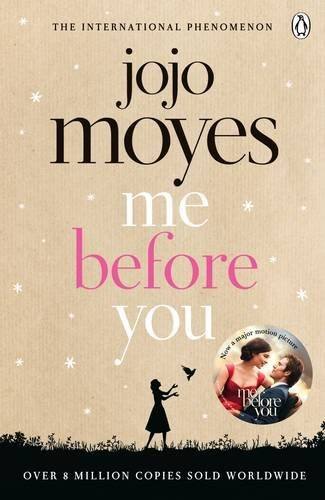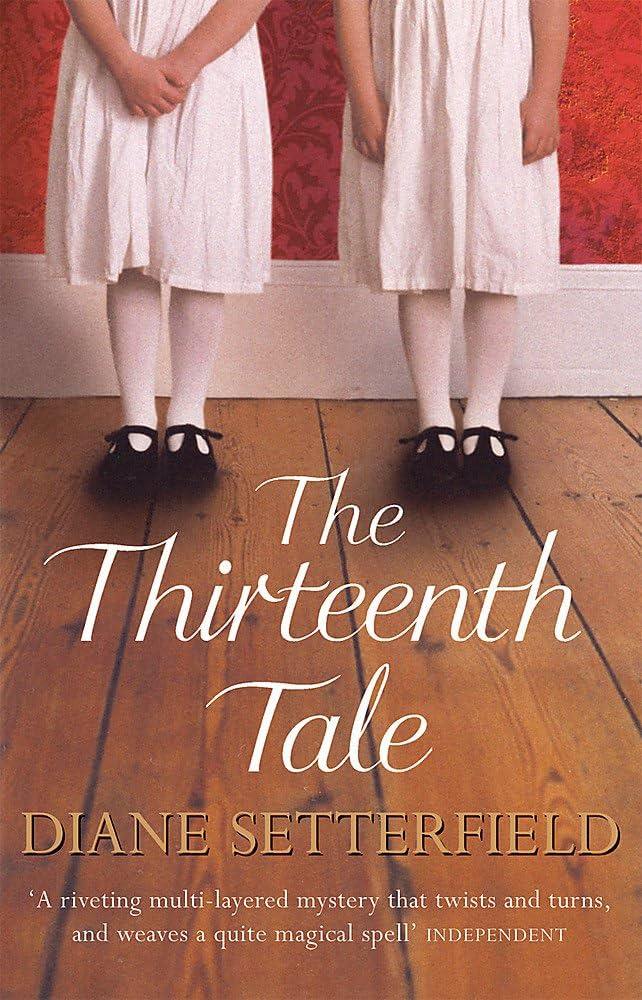Romance novels have long been a source of comfort and escape for readers, offering stories of love, heartbreak, and personal transformation. These stories resonate deeply because they explore the complexities of human emotions in a relatable and often hopeful manner. But what makes them so...

Books like My Beautiful Misfortune and After have become cultural phenomena, drawing in readers with their raw depictions of complex, often toxic relationships. These stories resonate deeply with audiences, not just for their intense drama, but because they explore the darker side of love, creating emotional rollercoasters that are impossible to ignore. But what is it about these tumultuous relationships that captivate millions of readers worldwide?
At the heart of their appeal is the exploration of vulnerability. Both novels feature protagonists who are navigating their own emotional landscapes, struggling with self-worth, and seeking connection. The flawed nature of the characters makes them relatable, even when their choices seem self-destructive. Readers see parts of themselves in these characters—whether it's the longing for love, the need for validation, or the fear of abandonment.
The central relationships in these books are fraught with tension and conflict, and it’s this dynamic that keeps readers turning pages. The emotional highs and lows mirror real-life relationships in ways that are heightened for dramatic effect. This tug-of-war between passion and pain creates a sense of suspense, making readers feel as though they are on the journey with the characters, experiencing every heartbreak and reconciliation firsthand.
Another key aspect of these stories is the theme of redemption. Both My Beautiful Misfortune and After showcase how love, even in its messiest form, can be transformative. The characters’ growth, often through forgiveness and self-realization, provides a cathartic release for readers. These stories suggest that love, despite its imperfections, is worth fighting for, which resonates with audiences who believe in the power of second chances.
However, these books are not without controversy. Critics argue that they glorify unhealthy relationships, presenting toxic behaviors like manipulation, control, and emotional abuse as romantic. While some readers view these stories as escapism, others see them as problematic portrayals of love. Yet, it’s this very controversy that keeps the conversation alive and fuels their popularity.
Ultimately, the success of My Beautiful Misfortune and After lies in their ability to provoke strong emotions. Whether readers are rooting for or against the relationships, they are emotionally invested, which is a testament to the power of storytelling. In a world where love is often idealized, these books offer a different narrative—one that is messy, real, and unapologetically human.


